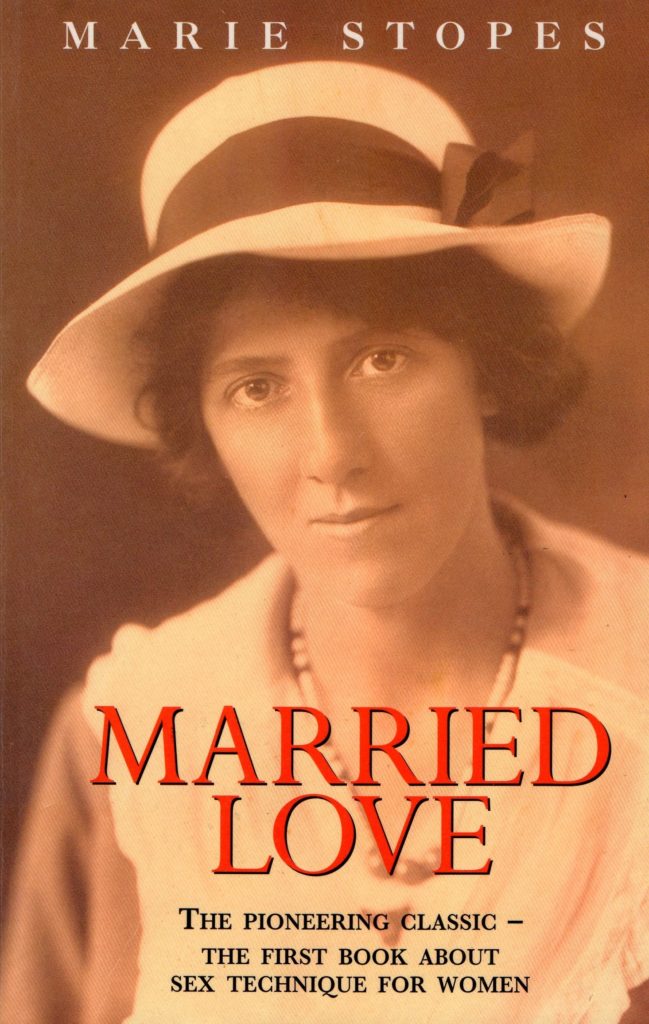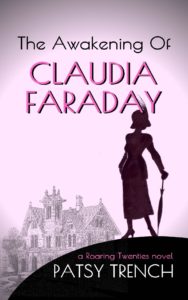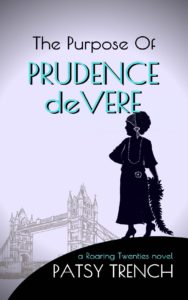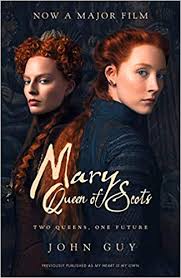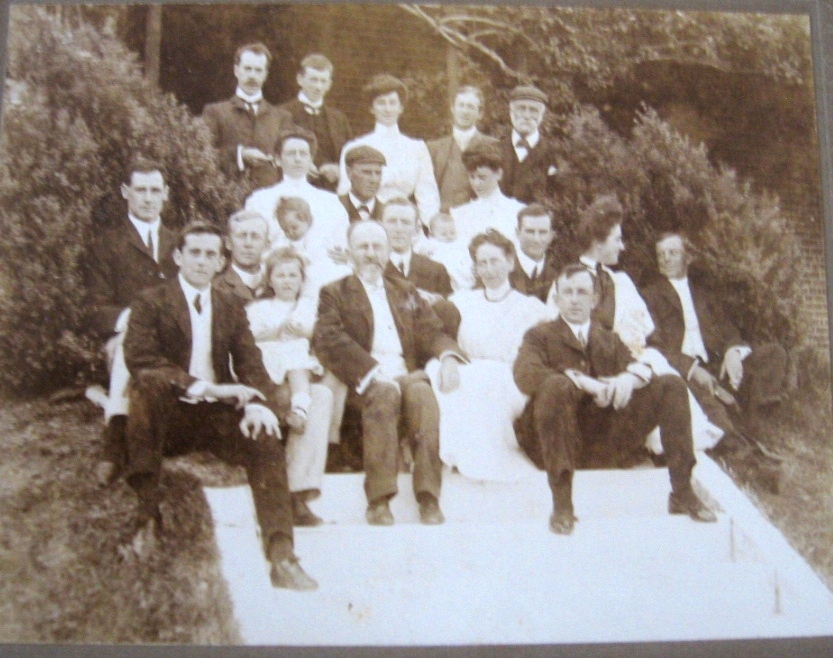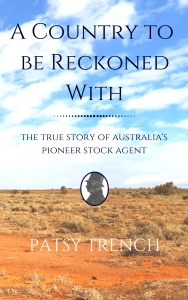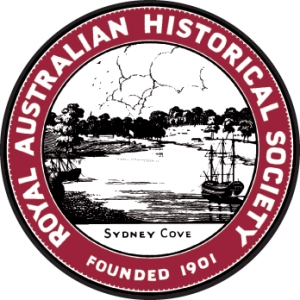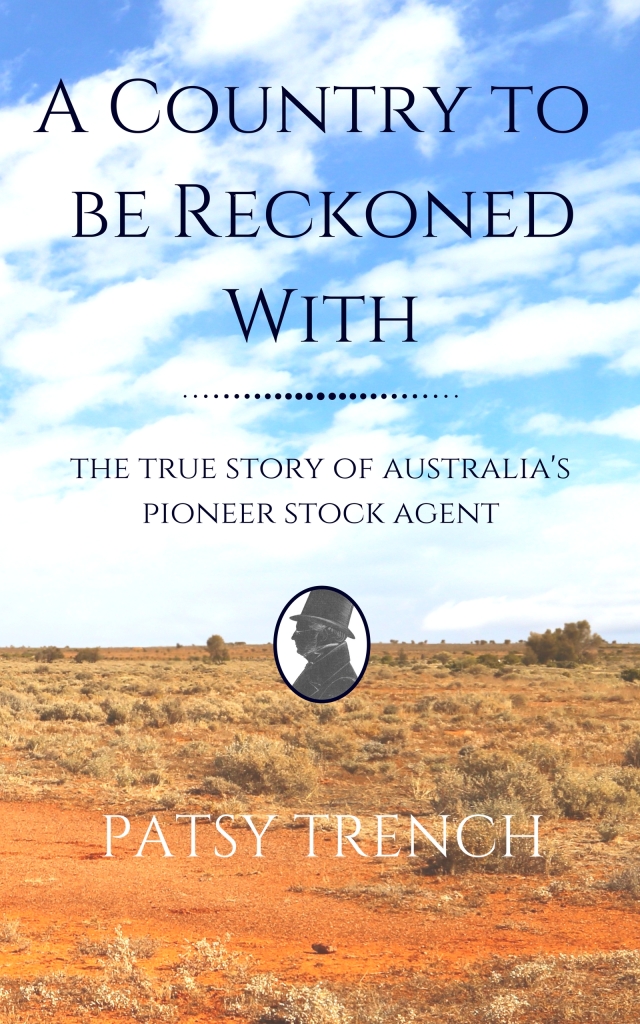This is an update of my previous blog (click here for the original) for the friendly attendees of a workshop on Self Publishing for Family Historians at the Society of Genealogists on Saturday 8 February 2020.
First of all, an apology. I misled you concerning inserting images into a paperback. I was confusing paperbacks with ebooks.
To insert an image into a paperback all you need to do is to click Insert where you want the image to go, click on Picture, choose your image, and Bob’s your uncle.
It’s best to make sure the image is the right size before
inserting it into the page. If you try to alter the size after you’ve inserted
it you may lose resolution. As I remember when I did this it this involved a
bit of toing and froing to get the size and position of the image right.
NB: This is for black and white images only. For colour you
will need to choose the colour print option on Amazon’s website, and I imagine
this will bump up the price somewhat.
Here’s a link to Amazon KDP’s instructions: https://kdp.amazon.com/en_US/help/topic/G202169030#tips
###
Recommended and reputable organisations who can help you with any or all aspects of your self publishing adventure:
MATADOR: https://www.troubador.co.uk/matador/
SILVERWOOD: https://www.silverwoodbooks.co.uk/
I AM SELF PUBLISHING: https://www.iamselfpublishing.com
PYNTO: https://www.pynto.co.uk/ A friendly wife-and-husband team who can design any kind of book you like, from basic to custom-made.
LIFELINES PRESS: http://www.lifelinespress.co.uk/ A bespoke, personal service for print books only, offering everything from ghost writing to editing to the end production of a beautiful work of art, printed on paper of your choice, hand-bound in leather or anything else you choose.
Before you approach any of these companies:
What you need to think of
EDITING: There are three main types of
editor:
- Structural edit – checking the manuscript as a
whole for clarity, over-writing, under-writing, repetition, overall structure
- Copy editing – line by line checking for
grammar, clumsy writing, repetition, clarity
- Proof reading – checking for mistakes
and typos
There is a certain amount of blurring between these three tasks, but do not expect an editor to proofread your book. She/he may correct mistakes if they spot them but it is a different process altogether, and one a sharp-eyed friend might be able to do for you.
COVER DESIGN
BOOK INTERIOR:
Find a book whose layout you like to use as a template.
Consider:
- SIZE: Of the book; standard non fiction is 6”x 9”, fiction 8”x 5” (but you can choose what you like).
- TYPEFACE AND TYPEFACE SIZE: There are specifically recommended fonts. I used Palatino 11 point. It’s not a bad idea to print out a few pages in various typefaces and sizes in your chosen page size to see what it looks like
- MARGINS: Mine were quite generous at: top, bottom 1.9cm, inner 2 outer 1.5, gutter .33
- CHAPTER TITLE LAYOUT: Centred or left-aligned, upper or lower case, etc.
- TRIMMINGS: Drop caps, headers, small caps etc
- IMAGES: (photos, maps, family trees)
FRONT MATTER: What goes before the main text. This is a matter of choice, but for ebooks certainly it’s good to keep it to a minimum. Mine consists of:
- Title page
- Copyright page
- Dedication/quote page
- Table of contents
- Photo of the subject of my book
END MATTER: What comes after the main text.
- Acknowledgements
- Appendix & chapter notes/references
- Bibliography
- Index
- Author biography
You can also include reviews, if you have them, or books
you’ve already written.
AUTHOR BIOGRAPHY: This is important to readers,
so it’s a good idea to make yourself sound interesting and likeable!
- Keep it brief
- To the point and in the context of the book.
- Write in the third person
BLURB: The blurb is what makes a person read
a book or pass on.
- Again, keep it brief – no more than 200 words
- Write in the third person present tense
- Remember it is a selling tool not a synopsis, so don’t attempt to tell the whole story
The blurb also acts as a reminder of what excited you enough to write the book in the first place.
SUBMITTING YOUR MANUSCRIPT
The two major players are
Amazon KDP (Kindle Direct Publishing): https://kdp.amazon.com/en_US/
Ingram Spark: https://www.ingramspark.com/
Both organisations publish in print and ebook form.
Amazon: free to submit, easy to navigate, they provide you with a free ISBN (or ASIN).Subsequent updates and changes, to the interior or cover, are also free.
Ingram Spark: fee of $49 to submit – unless you are a member of ALLi, in which case it’s free), and you need to have your own ISBN (through Neilsen: https://www.nielsenisbnstore.com/). Advantages of Ingram over Amazon are a) the quality is very slightly better, b) they have print outlets in the UK and Australia, c) they have a wider range of sizes and quality, including hardbacks.
Amazon has around 85% of the market but many people, including bookshops, don’t like them.
In both cases you upload your manuscript as one document (in Word), and your cover separately (as a pdf). You enter your title, author name. Chose categories and keywords, decide pricing. Make sure you fill in your tax details so you are exempt from US tax.
I will be adding details on ebooks shortly. I will also be updating my blogs on formatting.
Meanwhile, happy publishing!
Patsy Trench, February 2020
